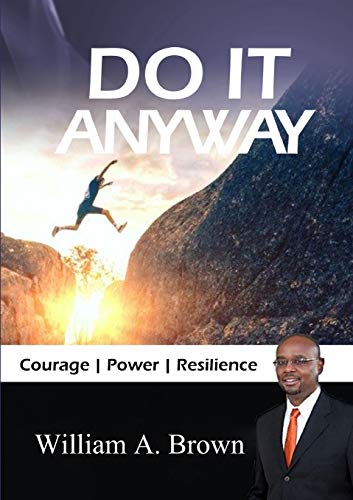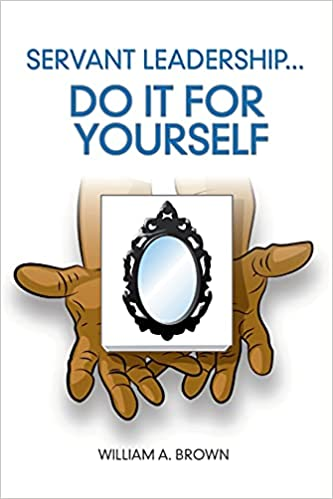Article-Detail
Employee Discipline; Difficult and Necessary
I remember the first time I was written up, yes it has happened. I behaved at work in a way that today I am not proud of. My boss caught wind of it and talked to colleagues to gather information and called me in. I had no idea what she wanted when I walked into her office. She told me that she had heard about my conduct and gave me an opportunity to tell my side. After that conversation she scheduled a follow up conversation where the offended party sat, along with my co conspirator, my union rep, and me all sat to talk about what happened. She knew everything and asked if there was anything I could add to the story. My co conspirator and I both said, “no”, so she scheduled a follow up meeting with us to talk about discipline. We apologized, accepted our written reprimands, and never travelled that road again. In this article, my hope is to illustrate the purpose and the process of effective discipline at work. With any luck, the misconduct you are confronted with can be handled in a way that improves individuals, teams, and organizations.
Whenever you bring groups of people together, the potential for conflict is present. Perceived and real misbehavior is felt the same and must be dealt with before bad habits, resentment, and reactivity become a permanent part of your culture. Most people want to do a good job at work, they want to be appreciated, and they want to feel safe. Misconduct compromises their safety, security, and productivity whether your employees are the target, a witness, or even hear about it at the watercooler or parking lot. Managers have a responsibility to protect the rights of individuals and the group which is a difficult task, here are a few strategies to consider.
Assume the best. Take the position that the employee does not know that their behavior is having a negative impact on the team, and that you are gently educating them. Most people will feel bad about harming others, and will want to make corrections so as to not be a source of frustration or pain. If they show contrition and correct the behavior, great, the team can move on. If the employee gets defensive about their behavior then you’ll need to speak in direct terms about the impact of their behavior and your expectation that it gets corrected. In most cases, that will be the end of it.
Correct bad behavior now and in the future. It's important that misbehavior be dealt with because deeds and doers will multiply and create a culture that does not support people being at their best. The team will know that even if they aren’t a target now, it's just a matter of time until they are. The result will be a culture of insecure, self preservation where people are operating in ways that erode good work environments so correct bad behavior now and in the future, for everyone.
Build a culture of clear and consistent expectations. Remind people that we are all imperfect and that we all make mistakes. Bad cultures lead to bad assumptions, negative reactions, and lawsuits. Good cultures bring healthy communication, resolution of conflict, and fewer lawsuits. Making sure people know what is expected of them, which is to say repeat it. Your redundancy helps to reinforce what you expect. When people swerve out of their lanes, identify the problem, get them back on track, and support their success.
One of my least favorite duties as a new leader was investigations. I didn’t want to disrupt the work people were doing, I didn’t want people focusing on misbehavior, and I didn’t want to make the problem worse by giving my attention to it. I know, I know, it's the truth and thank goodness it was a long time ago. I didn’t know it at the time but the investigation is the most important part of the corrective process because it arms the leader with information. The investigation must be done thoroughly and impartially which is to say, ‘do not personalize the problem or the person’. Personalizing will bias your work and make you look petty to the people who you are assigned to protect. Everyone has rights no matter which side of the issue they fall on so keep it professional, ask all of the questions, and organize it without bias.
Early on in my career, I would get a phone call from a union representative who got word that I was investigating one of their members and it would stir frustration in me. Today, not so much. The union representative can be an ally in getting a clear picture of what happened, developing creative discipline, and can be a behind-the-scenes reinforcer of the rules. Although you can’t always tell them what you know, they can be a useful part of the corrective process. If discipline is going to result, a union representative will need to be present anyway. So don’t allow their knowledge of the issue to bother you. People are always talking, more people know what you are doing than you realize, that’s why your thorough impartiality is essential.
Once you’ve done your investigation and organized your information, present your findings to the offending employee. Depersonalize your approach, you are not personally responsible for their conduct even if you were the target. Focus on the need, not the deed. The greatest need is for the employee to see and understand that their conduct is having a negative impact on the team. Your goal in this conversation is to allow the employee to respond to what you’ve learned, fill in any gaps, and offer other evidence or witnesses. Essentially, it is for you and the offending employee to get on the same page about the conduct, discuss expectations, and a follow up schedule for you to check in with that employee in the future.
Contract language may dictate the steps of your progressive discipline process but at every step you need to investigate, present, talk about expectations and follow up. Written reprimands, suspensions, demotions, and terminations all require the same diligence about the process. The Rutgers University Human Resources Department gives this acknowledgement, “Disciplining employees is a difficult part of supervision and management. It is important that you address performance issues as they arise and pursue a progressive approach to discipline.” If you are prompt and empathic you increase your chances at seeing your desired outcomes. Expect it, and act as if it is just a part of what you do as a leader. Have an open mind and remain focused on the success of individuals, teams, and the organization and you will SOAR!
William A. Brown
June 21, 2020




